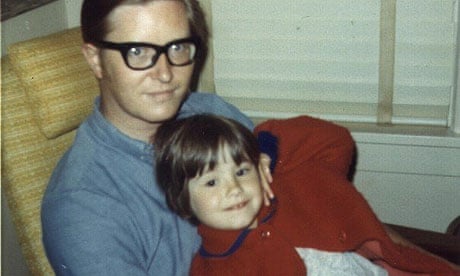It may seem odd to start a piece for a ranting slot by saying how much I love something, but I love photography and I particularly love the way social networking means I can share my photographs and the way I can keep up with friends through their shared images.
But I deeply dislike Instagram, which is the sharing app that millions of people seem to prefer. Indeed, Facebook loves Instagram so much that it is bidding $1bn (£637m) to buy it (assuming the UK's Office of Fair Trading doesn't block it, of course).
Every day my Twitter stream and my Facebook newsfeed are full of Instagram images, all sporting the cutesy faux-Polaroid filters and ragged white borders added by the iPhone or Android app.
Or more recently, the disconcerting faux tilt-shift filter that makes everything in the shot look like a toytown miniature.
It's not just Instagram – other software produces the same effects: Hipstamatic, Snapseed and of course the big boys: Gimp, Photoshop and Lightroom.
For me, these filters spoil pictures: they get in the way of the image and they distort the story the picture is telling. It jars to see a picture taken a few seconds ago, in the summer of 2012, that looks like a picture from my childhood (I'm a 60s baby).
And they're a retrograde step. Digital photography technology is amazing: you can take surprisingly good photographs with your phone these days. The lenses are not bad; the sensors are OK too, and yet we seem to want to return our images to the days when either we were shooting on early 2megapixel cameras or we were scanning in old family photographs.
Photography is a creative medium. I recently spent a fascinating morning at a discussion hosted by Adobe asking if digital is all tech and no talent. It's not, of course: there's a tremendous amount of creativity unleashed by software.
These days it's not just about the technical skills of exposure and the artistic skill of composition; nor is it about the hours spent in the darkroom producing prints. You can create extraordinary images using software, and I adore the possibilities that software brings to images.
I'm a knowledgeable amateur who is old enough to have learned the craft of photography on an ancient Pentax KX camera (which I've still got). I spent hours in the darkroom as a student learning to process black and white film and create black and white prints.
I made the leap to digital early, buying my first digital camera in 1999, and I haven't looked back. These days I use a Nikon D80 with a 12-24mm lens and I process my images in Lightroom, often playing extensively with colours, contrast, exposure, saturation and other parameters to get the effect I'm after.
But for me, the Instagram/Hipstamatic/Snapseed etc filters are the antithesis of creativity. They make all pictures look the same. They require no thought or creative input: one click and you're done.
There's an interesting discussion that suggests the aim is to make our photographs stand out among the zillion or so that get posted every day: are we striving for an authenticity in an age when the sheer quantity of images by definition devalues our pictures?
My family has a series of albums of pictures of our ancestors, all captioned and dated, reaching back to the 19th century. The striking thing about early photographs is their rarity: we have one picture of my great-great-grandmother</a>, who was born in 1840, and we treasure it as it's irreplaceable.
However, photographs of my nieces, her great-great-great granddaughters, are too numerous to count. When you're faced with the volume of images, it's tempting to want to make them stand out from the crowd, and adding a one-click filter can be seen to have that effect.
Also, by adding a faux-aged look to them, we in effect add a history, a longevity to the image that it intrinsically doesn't have.
But even in this digital age, every single image is special, is precious, has meaning, tells a story. Every single image captures a moment in time – a wedding, a baby, a friend pulling a silly face, the cat catching a mouse. I'm never going to stop taking photographs; I'm never going to stop sharing them, and I hope you never stop doing so, either.
For me, the secret of good photography is editing. Digital means that we can take hundreds of shots and select the very best one to share. It means we can play with them: we can crop out the road sign to the left; we can remove the ex-partner from the party shot, we can enhance and manipulate colours, contrast, exposure to make the best of an image or to turn it into something beyond the workaday capturing of a moment. Pictures tell stories; post-production enhances those stories.
But as each moment is distinct, so too, I think, should the images of those moments. Slapping a filter on makes images look the same, gets in the way and spoils the picture. I think that's a shame.
(Kate has created a Flickr gallery of images to expand on her points.)
